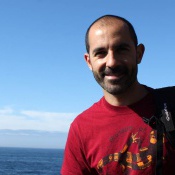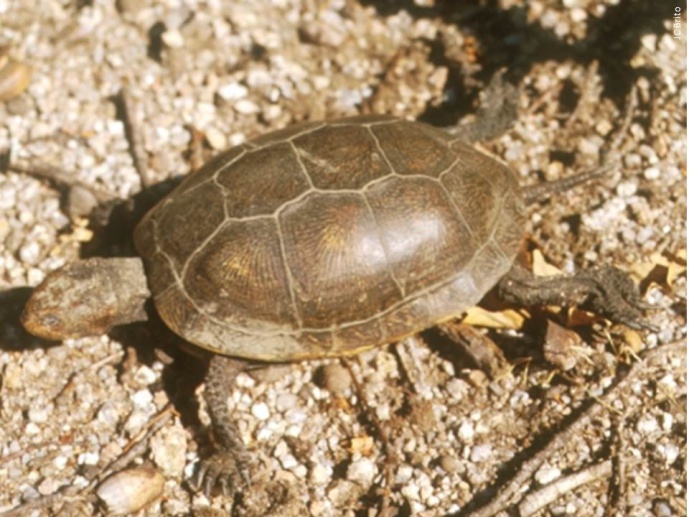Relaciones Evolutivas a ambos lados del estrecho de Gibraltar y estado de conservación de los galápagos europeo (Emys orbicularis) y leproso (Mauremys leprosa) en Ceuta y Marruecos
Turtles are among the most susceptible vertebrate groups to worldwide population declines. Main treats such as habitat loss and fragmentation are reducing effective population sizes and producing local extinctions. In addition, pet trade and translocations are added to the menaces of these species. This project aims to study two freshwater turtle species, the European pond turtle (Emys orbicularis) and the Mediterranean stripe-necked turtle (Mauremys leprosa) across their North African populations. E. orbicularis has a highly fragmented and restricted distribution in North Africa, with a few populations occurring in Morocco which belong to the subspecies E. o. occidentalis. In contrast, M. leprosa is widespread across North Africa with two subspecies (M. l. leprosa and M. l. saharica) separated by the High Atlas Mountains.
The specific objectives of the study include: 1) sampling the few known populations of E. orbicularis in Morocco and surveys across the country to identify unknown populations, and sampling M. leprosa populations, and 2) genetic analysis of the samples collected by sequencing mtDNA and microsatellites genotyping to estimate genetic diversity and structure patterns, and demographic parameters. Obtaining information on the distribution of both species, as well as samples for subsequent genetic analysis, it is essential to: i) determine the range of both species; ii) assess their degree of genetic structure and distribution of genetic diversity; iii) determine the role of the Strait of Gibraltar and the Atlas Mountains as possible vicariant agents.
Ultimately, this study will create robust genetic databases that will serve to assign individuals of unknown origin or from illegal trade to their most likely population source and thus will help manage both species.


